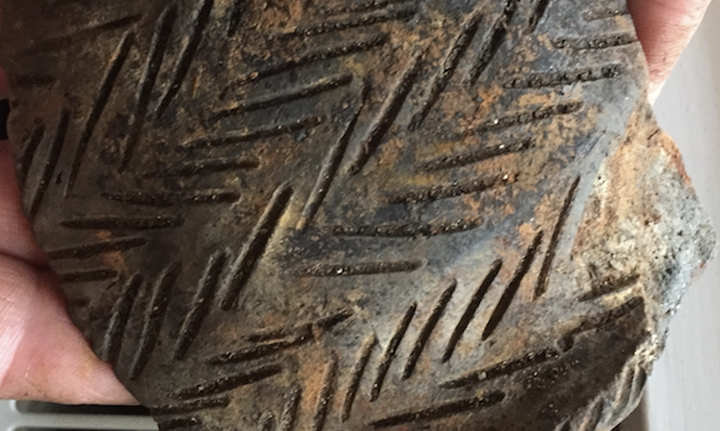
Neolithic pottery, Loch Langabhat, Isle of Lewis
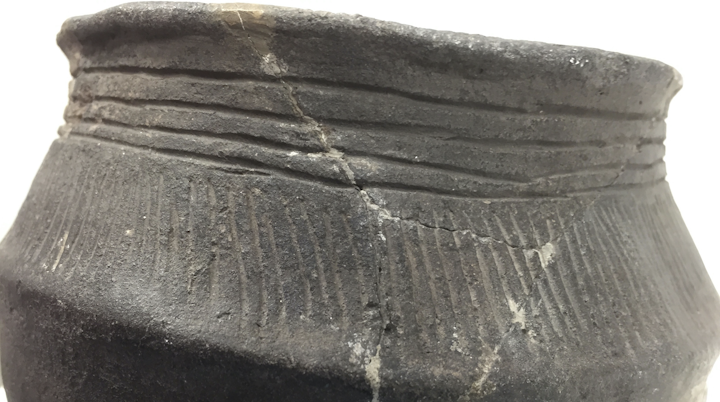
Neolithic pottery, Unival, North Uist
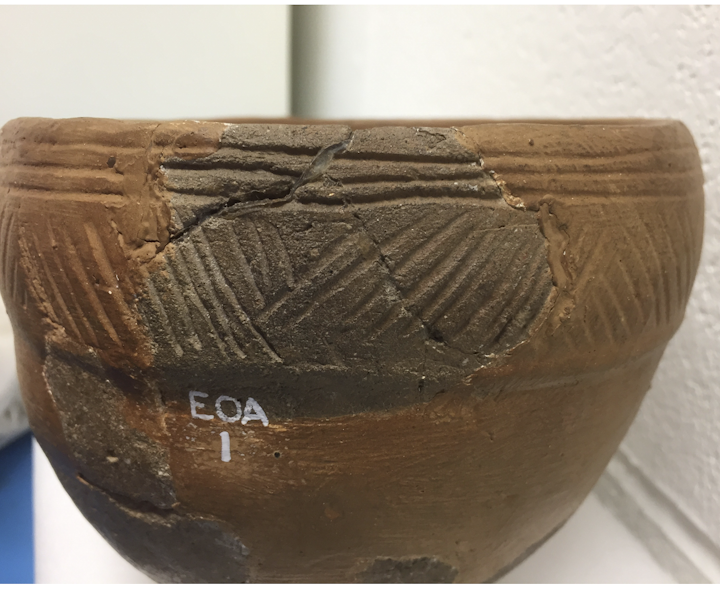
Neolithic pottery, Eilean an Tigh, North Uist
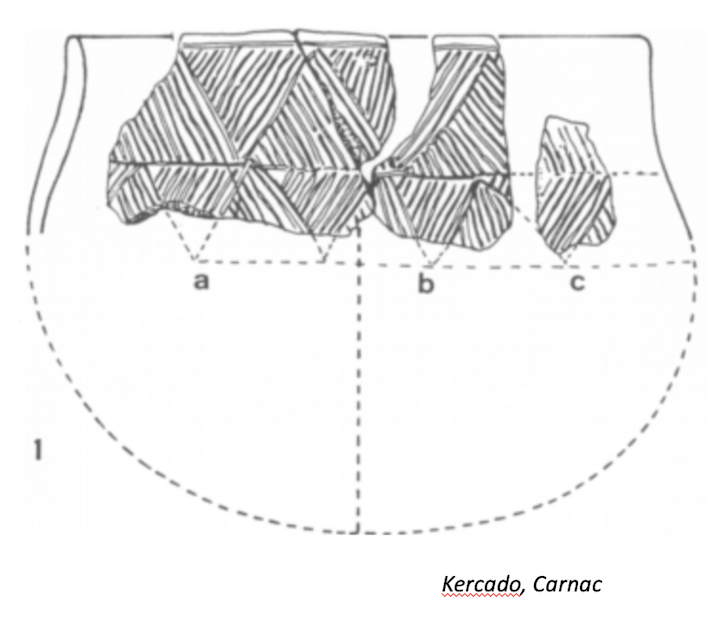
Neolithic pottery, Carnac, Western Brittany
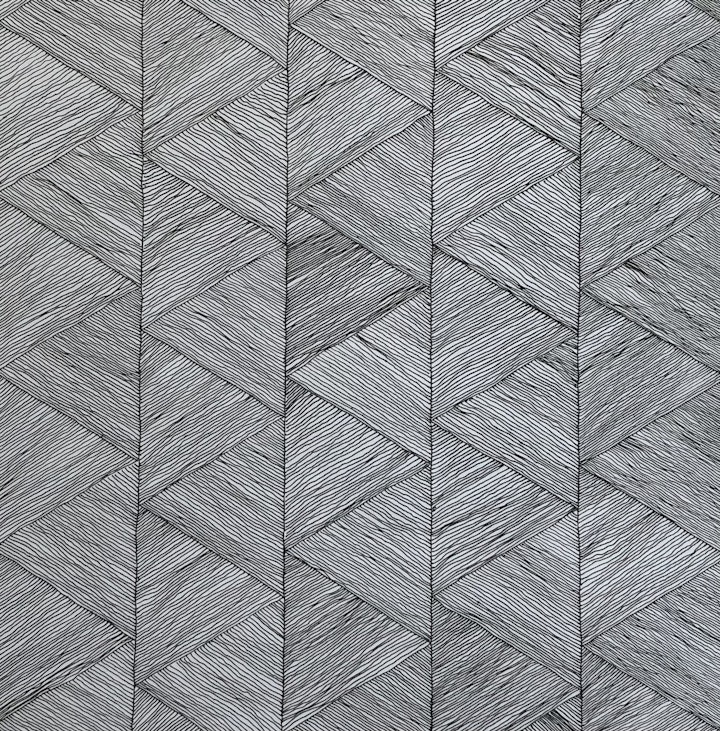
angle aigu (25 x 25 cm) pen on paper




Translations are “related to each in what they want to say … having a relationship of special convergence.”
Walter Benjamin: The Translator’s Task
When referencing the geometry of earlier marks in my drawings, I am not copying, I am translating. There is a special convergence in the relationship between the original and my interpretation, a synergy that spans the millenia.
Rhythmic, repetitive marks translate these much earlier marks. And while language translation, in Benjamin’s words “calls to the original within,” in my drawings I too am seeking to portray the essence of the originating marks through the repetitive movements of my hand – an ordered visual language
Thinking about this for a conference presentation, I was seeking to identify relationships between the two seaward-facing communities of the Western Isles and Western Brittany. It felt right to describe a relationship in the context of Neolithic pottery as a 'maritory' in the sense in which Garrow and Anderson-Whymark used the term: communities where there are “Interactions around the western seaways possibly leading to similar pottery forms or actually exchanged pots between north-west France and Scotland c. 4,300 – 3,600 BC.” I was reminded of Benjamin’s words in relation to my own work in ‘translating’ earlier marks and the similarities between Hebridean and Breton Neolithic marked pottery became evident.
Furthermore, the serendipitous discovery of a suite of poems about geometric shapes by Breton poet Eugène Guillevic (Euclidiennes), prompted the creation of a rhythmic drawing full of angles like Neolithic pottery marks, and a subsequent experimental film-poem which encapsulates maritorial synergies of marks and language.
The film-poem is a collaboration with Bill Skeoch, Mairead Maclennan and Margaret-Joan MacIsaac, and the poem is ‘acute angle’ (angle aigu).
https://drive.google.com/file/d/1-hwNgJO5ukWtqoRguN2VOc-4z4WypC5K/view?usp=sharing
angle aigu
A défaut d’être cercle
On pourrait se faire angle
Et, sinon vivre au calme,
Attaquer l’entourage
Se reposer ensuite
En rêvant de fermer
L’autre côté toujours
Ouvert sur l’ étranger
Eugène Guillevic, Euclidiennes
acute angle
Failing to make it as a circle,
One can always become an angle.
Failing to live at peace with yourself,
You might as well attack your surroundings,
And then get some rest while you dream
Of closing your far side,
Forever open onto the unknown.
Translated by Richard Sieburth
ceàrn caol
Mar nach eil thu nad chearcall, bi nad cheàrn
Mar nach eil thu aig fois, tha thu cho math ionnsaigh a thoirt air na tha mun chuairt ort
Faigh fois nad bhruadar air a cheann fad a dùnadh
Bi fosgailte ris nach eil thu eòlach air.
Translated by Margaret Joan MacIsaac